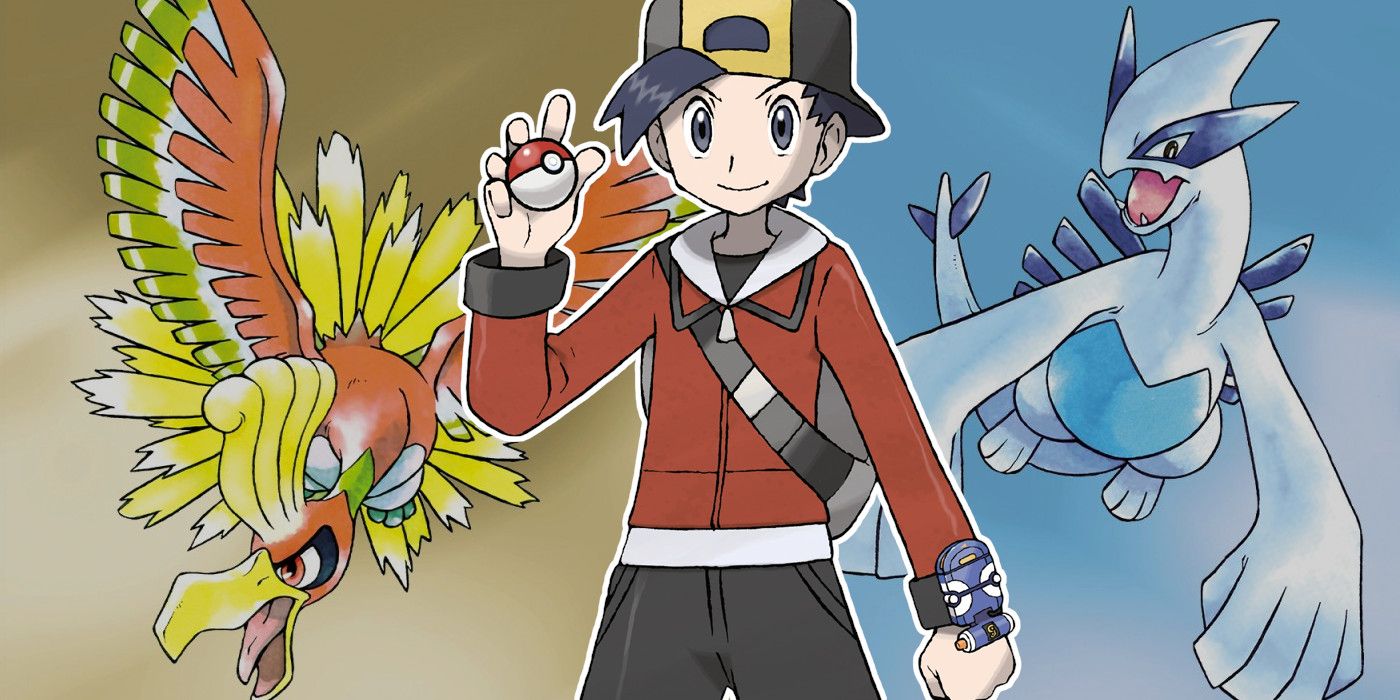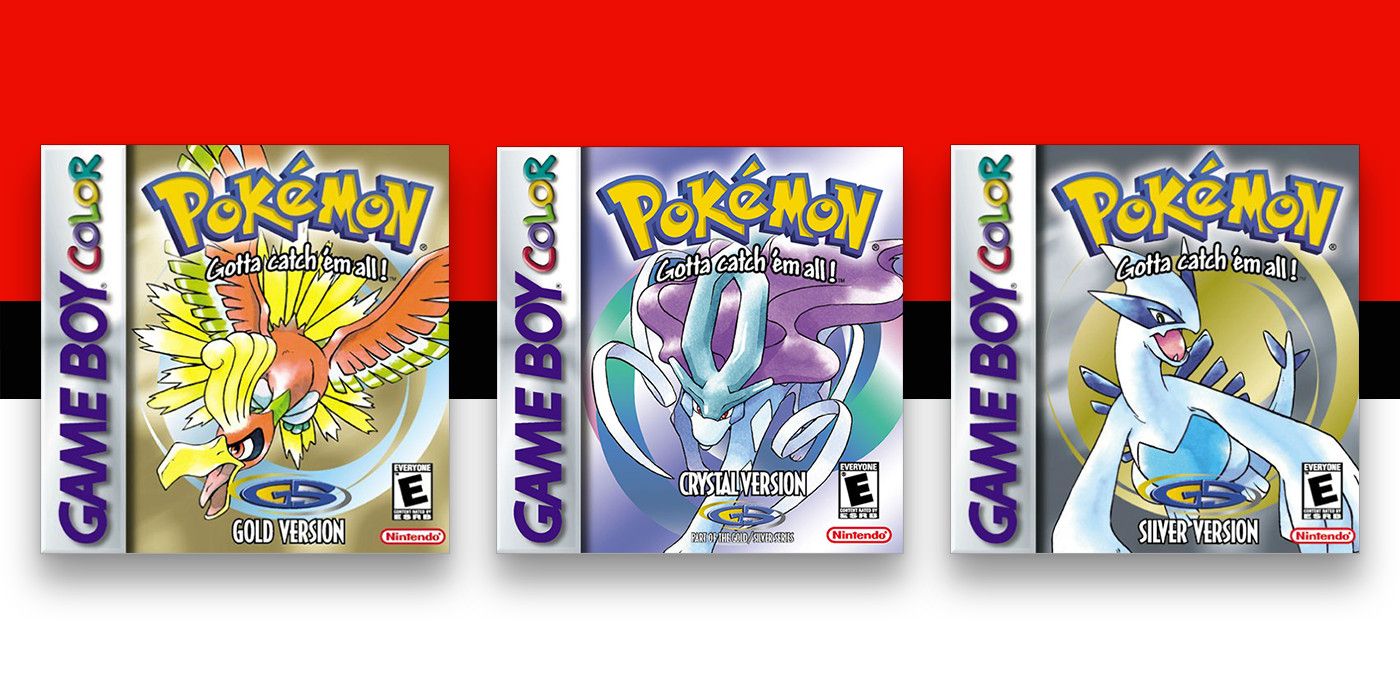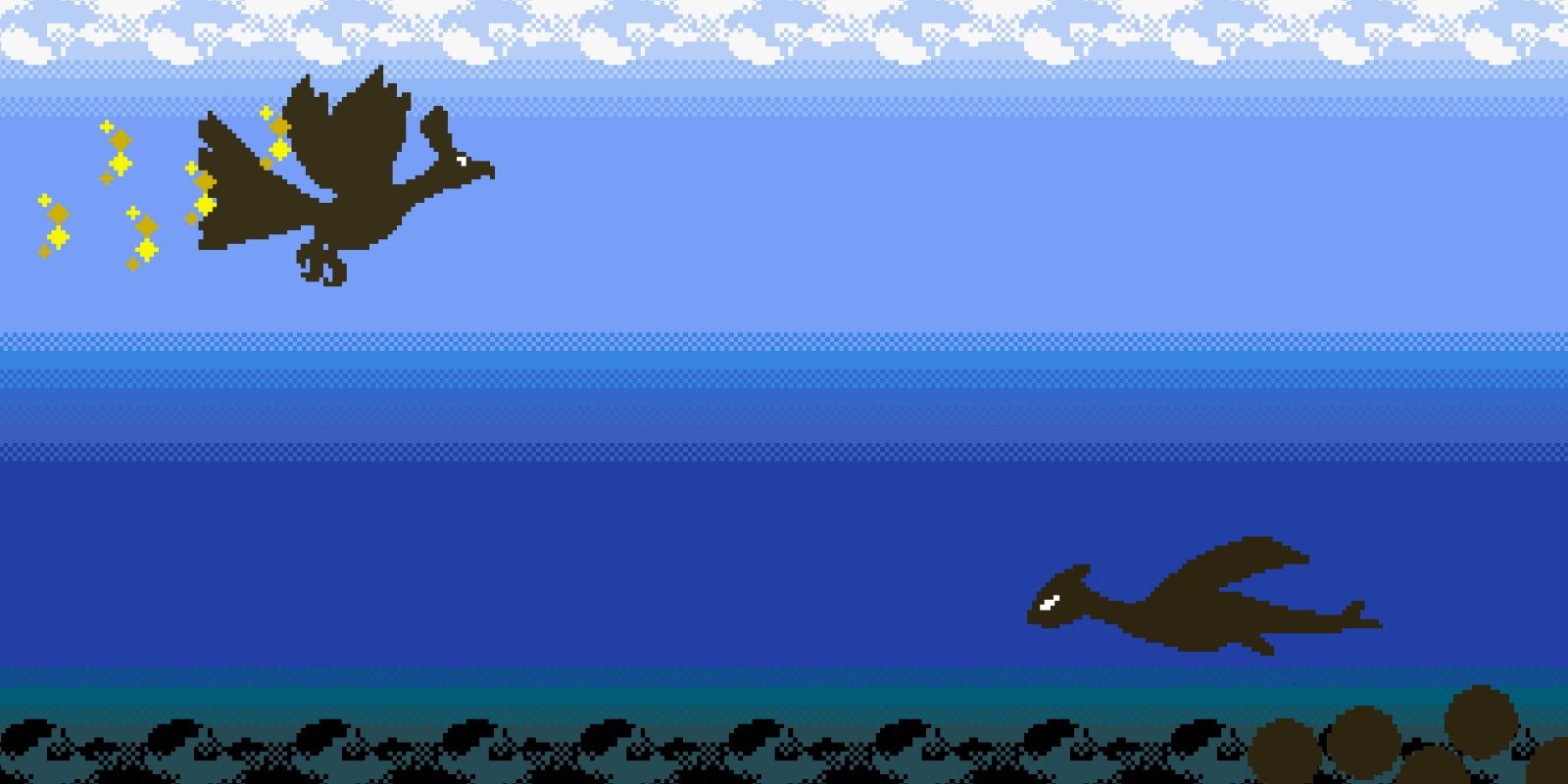After one of the longest development periods for a mainline Pokémon title, the sequel to the franchise's first generation was finally released in Japan in 1999. As the sequels to some of the biggest video games in the world, Pokémon Gold & Silver were possibly the most heavily anticipated entries in the franchise. Upon release, Gold & Silver as well as their third version, Crystal, all received glowing reviews. To this day, the trio are considered as some of the best entries in the series, but is this true? Do they hold up as well today as fans remember them?
Johto's roster of available Pokémon was never going to be as iconic as Kanto's, but the region still boasts some of the series' most beloved creatures. In particular the two new Eeveelutions, Umbreon and Espeon, have endured in the minds of fans ever since. Many creatures were originally planned for Red & Green, but were cut due to cartridge space. These include Scizor and Ho-Oh, the latter of which even made an appearance in the anime's first episode.
Many of the bugs and glitches of the original generation were patched and dealt with for the sequels. Aside from the commonly used cloning glitch, Gold & Silver were polished releases. Balance was also addressed with the addition of the dark and steel types, both of which helped to place the psychic type in check after it dominated the previous games. Some more glaring problems such as the way critical hits were calculated were also addressed in these games. The lack of the physical and special split is still an issue and would be for the series until generation four. Certain new Pokémon such as Sneasel had the stats to be very useable Pokémon, but had typings that made them unable to effectively use their same type attack bonus (STAB).
Generation two is packed with content. In addition to the over one hundred new monsters and many new moves, the game is famous for its inclusion of a whole new region in the post-game. After completing Johto's gym challenge the player can travel back to Kanto. Here, they can battle the original gyms and ultimately face Red, the player character from generation one. To this day, no other title in the series has been so ambitious with its content and scope.
While Kanto is rather easy and barebones in the game, its inclusion is a fan-favorite aspect of the games and required technical wizardry from the late Satoru Iwata himself to make it all fit on the tiny cartridge. Crystal would also add the Battle Tower, a feature that gives the player opportunity to pit their strongest creatures against the toughest challenges in the game. The tower would go on to become a series staple. Perhaps most importantly, Johto would introduce the series to shiny Pokémon with the now iconic red Gyarados.
The story of Johto directly follows generation one's. Set several years after the originals, the story is once again a personal tale about the player's journey. Team Rocket makes a re-appearance, attempting and ultimately failing to make a comeback after Giovanni's defeat at the hands of Red. The rival character, Silver, would later be revealed to be the son of Giovanni himself. These ties to the first game continue into the post-game.
When exploring Kanto, it is a treat to see how people and places have changed during the time skip. Perhaps the most fan-pleasing change is Blue's new status as the Viridian City gym leader. Generation two would be the last time the series would focus on more personal stories, and the last time that legendary Pokémon would be hidden encounters that were largely unrelated to the plot. The latter is something that later generations would fixate on to their detriment.
Generation two may lack the quality of life improvements that the following generations would introduce, but the games still hold up excellently and are more than worthy of being contenders for Pokémon's best. It is telling that the most damning thing that can be said about these games is that their remakes, HeartGold & SoulSilver, are superior in almost every aspect. These are commonly considered the greatest Pokémon games of all time, leaving their original version to contend for second.
Pokémon Gold, Silver & Crystal were undeniably masterpieces when they released, and are still some of the greatest Pokémon experiences that the franchise has to offer. During development, generation two was seen as the final entry for the series and was conceived as a way for Pokémon to go out with a bang. Game Freak squeezed everything that it could into those tiny Game Boy Color cartridges to make the swan song that the studio dreamed of. How surprised Game Freak must have been when the series was successful enough to continue onwards to the Game Boy Advance and beyond, thanks in no small part to generation two.



